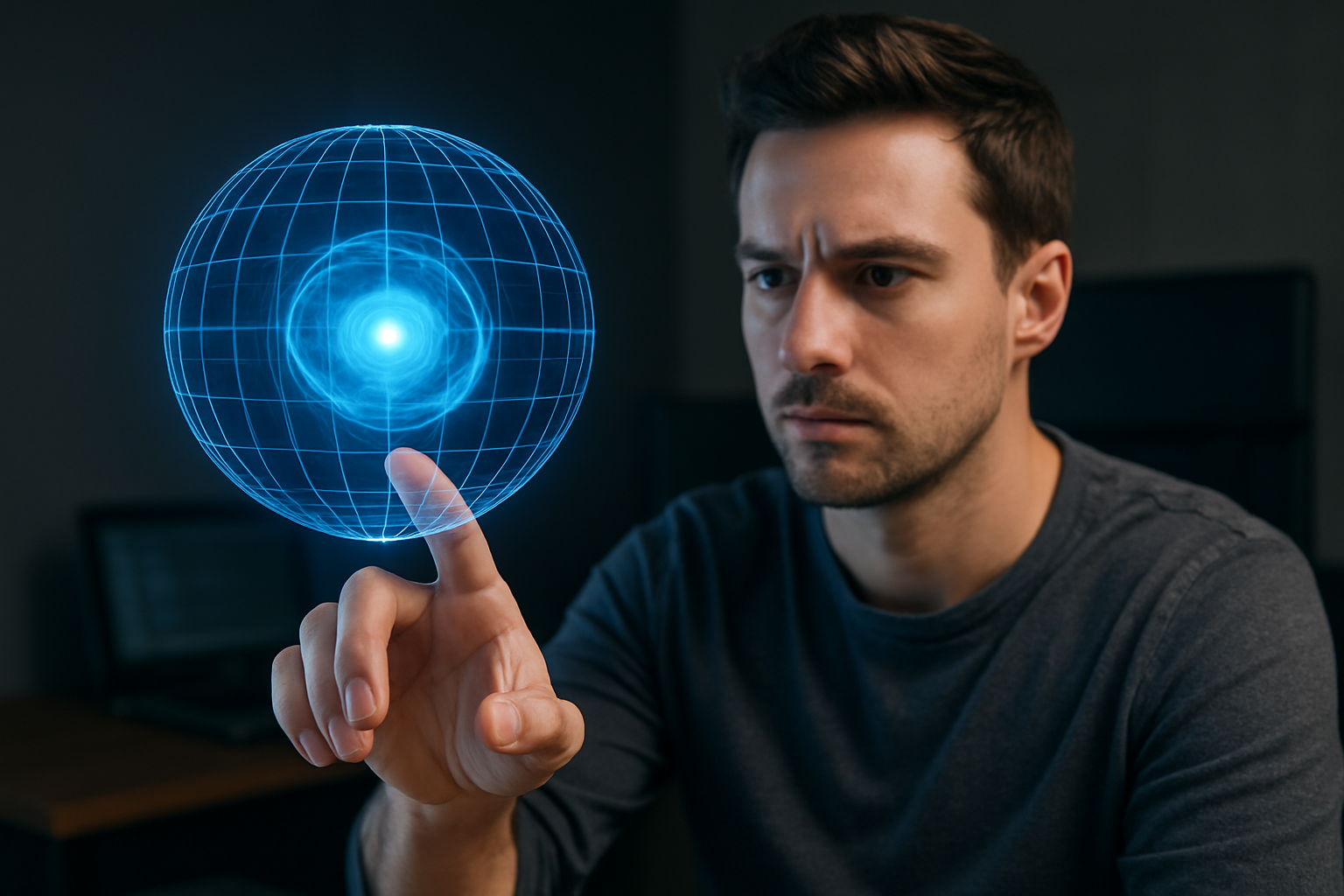Holographic Haptics: Touch Without Contact
In a world where touchscreens have become ubiquitous, a new technology is emerging that could revolutionize how we interact with digital devices. Imagine feeling textures and shapes in mid-air, manipulating virtual objects without physical contact, or experiencing tactile feedback from holograms. This isn't science fiction—it's the promise of holographic haptics, a cutting-edge field that's blending optics, acoustics, and sensory perception to create touchable holograms.

The technology isn’t entirely new—researchers have been experimenting with ultrasonic haptics for years. However, recent breakthroughs in real-time tracking, computational power, and holographic display tech have pushed the field forward dramatically. Companies like Ultrahaptics and HaptX are at the forefront, developing systems that can create increasingly complex and nuanced tactile sensations.
Beyond the visual: Expanding sensory interfaces
While current touchscreens and haptic feedback systems rely on physical contact with a device, holographic haptics opens up a new dimension of interaction. Users can feel virtual buttons, sliders, and dials floating in space. In augmented reality applications, this could mean interacting with digital overlays in the real world without the need for wearable hardware.
The potential applications are vast. In automotive design, engineers could manipulate 3D models of car interiors with their hands, feeling the contours and textures of virtual materials. Surgeons could practice delicate procedures on holographic patients, receiving tactile feedback as if they were touching real tissue. And in gaming and entertainment, the technology could create deeply immersive experiences that engage multiple senses simultaneously.
Overcoming technical hurdles
Despite its promise, holographic haptics faces several challenges before widespread adoption. Current systems are limited in the strength and complexity of sensations they can produce. The ultrasonic waves used to create tactile feedback can only travel so far before dissipating, limiting the interaction zone. Additionally, creating convincing tactile illusions requires precise alignment between visual and haptic elements, which can be computationally intensive.
Researchers are actively working on solutions. Some are exploring the use of multiple ultrasonic arrays to extend the interaction area and create more complex force fields. Others are investigating ways to combine ultrasonic haptics with other technologies like mid-air displays or directed air jets to enhance the overall experience.
The human factor: Perception and adaptation
One of the most intriguing aspects of holographic haptics is how it plays with human perception. Our brains are remarkably adaptable when it comes to sensory input, often filling in gaps or reconciling conflicting information to create a coherent experience. This phenomenon, known as sensory integration, is key to making holographic haptics feel natural and intuitive.
Studies have shown that users quickly adapt to mid-air haptic interfaces, with many reporting a strong sense of presence and embodiment when interacting with virtual objects. This suggests that holographic haptics could become a powerful tool for creating more natural and immersive human-computer interfaces.
From lab to market: The road ahead
While holographic haptics is still primarily confined to research labs and tech demos, several companies are working to bring the technology to market. The estimated price range for early commercial systems is expected to be in the tens of thousands of dollars, limiting initial adoption to specialized industries like automotive design, medical training, and high-end entertainment experiences.
However, as with many emerging technologies, costs are likely to decrease as manufacturing scales up and the technology matures. Industry analysts predict that within the next 5-10 years, we could see holographic haptic interfaces integrated into consumer devices like smartphones, gaming systems, and smart home controls.
The impact on the tech market could be substantial. Holographic haptics has the potential to disrupt traditional interface paradigms, offering a more intuitive and immersive way to interact with digital content. As the lines between physical and digital worlds continue to blur, technologies like this will play a crucial role in shaping our future interactions with computers and the Internet of Things.
In conclusion, holographic haptics represents a fascinating convergence of multiple cutting-edge technologies. By allowing us to touch the intangible, it opens up new possibilities for human-computer interaction, spatial computing, and immersive experiences. While challenges remain, the progress being made in this field suggests that in the near future, we may all be reaching out to touch holograms as naturally as we tap on touchscreens today.





